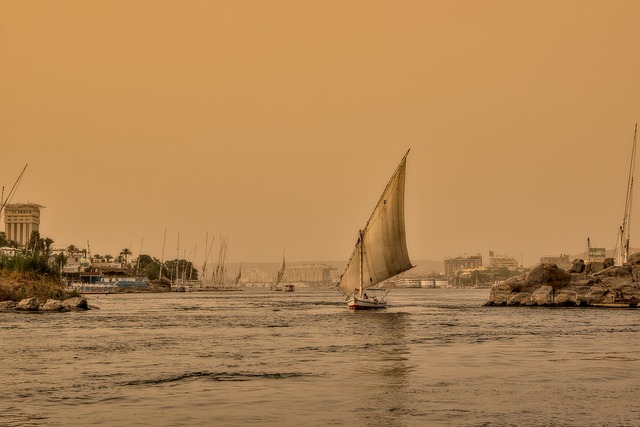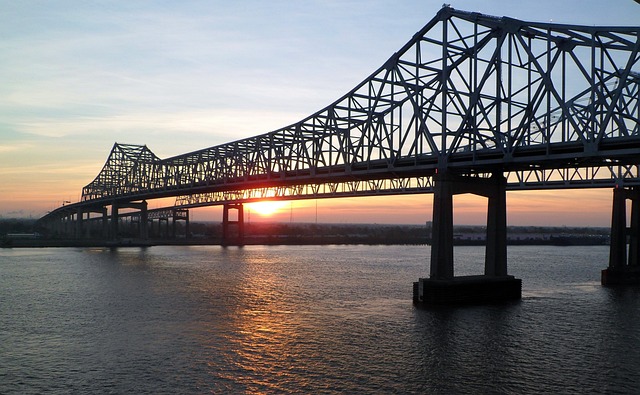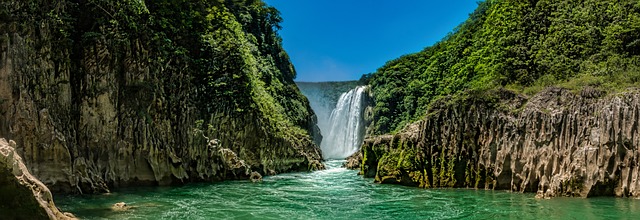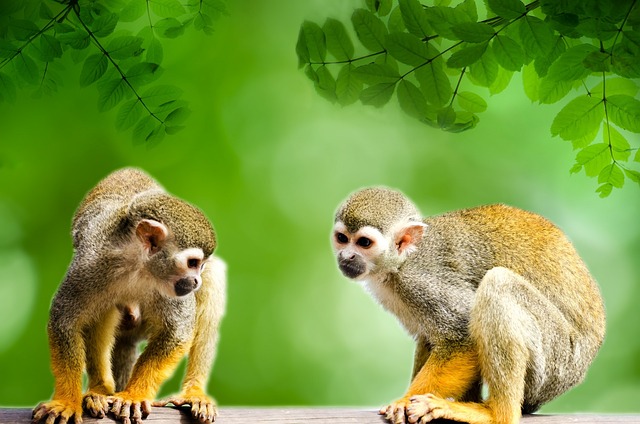Tag: Rivers
-
River Nile Facts For Kids | Longest River Of The World
River Nile is the world’s longest river. It supplies water to 11 countries but it is the main water source for two countries: Egypt and Sudan. That is why it is also called ‘International River’. There are two tributaries of River Nile. These are Blue Nile and White Nile. The mouth of this river is…
Written by

-
Mississippi River Facts For Kids | Third Largest Basin
iveThe Mississippi river system is the largest drainage basin in the North America, draining 41% of the states of America. It flows through the heart of United States. The river is ranked as the third largest basin in the world—only after Amazon and Congo Basins. It starts from the Lake Itasca in Minnesota and runs…
Written by

-
Amazon River Facts For Kids | The Second Longest River
Amazon River is in South America and is surrounded by thick amazon rainforest. The snake-like River is a magnificent river for it is home to millions of animals and plants. Almost one-third of all species in the world are found in Amazon Rainforest. Let’s discover some more amazon river facts for kids! Amazon River Facts…
Written by

-
Amazon Rainforest Facts for Kids – Tropical Rainforest Facts
The Amazon Rainforest is one of the most interesting places on Earth. These amazon rainforest facts for kids will give you an insight about its flora, fauna and its people. Amazon rainforest covers an enormous area in South America, roughly 7,000,000 square kilometres (2,700,000 square miles). It forms a jagged circle that has nine different countries…
Written by

